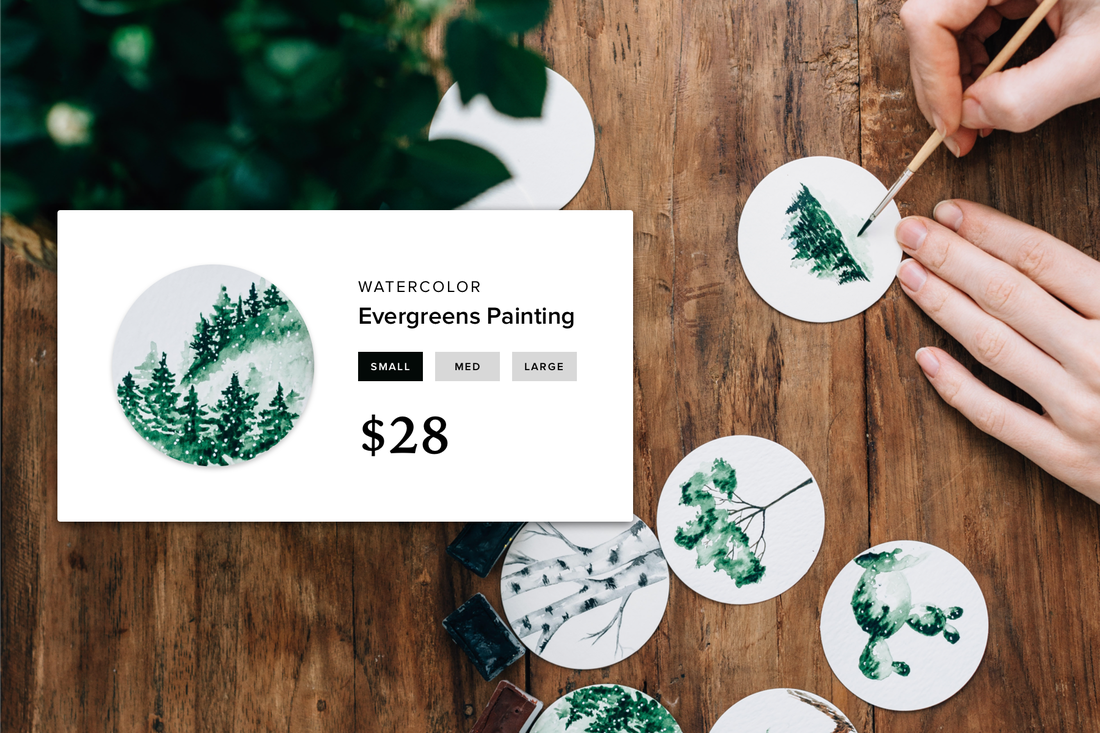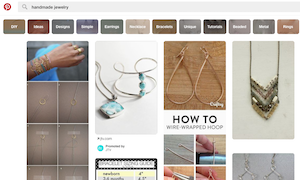If you are in a hurry to find information, new products or more, Google is most likely your first stop. Along with organic search results, Google offers paid advertising opportunities through its AdWords programs. Advertisers can place two-line text ads which appear above and below the search results on desktops and laptops, but also on smartphones and tablets.
AdWords allows you to choose your own level of spend with no upfront commitment. You only pay for clicks actually delivered to your website. It is transparent and easy to track sales and other types of online conversion.
Your AdWords campaign can be changed or paused in an instant and there are lots of opportunities for fine-tuning and improving over time. It's easy to get started with a credit card and a relatively small budget, so large and small businesses compete on a level playing field.
First Steps
Setting up an account with Google is straightforward. AdWords actually guides you through the process step by step. Once you have your account in place, it's time to think about keywords and ads, which are the basic building blocks of any activity on AdWords. Google presents ads on its search results pages based on the keywords that people type into the search engine. It matches those keyword searches to keyword terms within AdWords campaigns and then shows the matching ads.
Your AdWords campaign can be changed or paused in an instant and there are lots of opportunities for fine-tuning and improving over time. It's easy to get started with a credit card and a relatively small budget, so large and small businesses compete on a level playing field.
First Steps
Setting up an account with Google is straightforward. AdWords actually guides you through the process step by step. Once you have your account in place, it's time to think about keywords and ads, which are the basic building blocks of any activity on AdWords. Google presents ads on its search results pages based on the keywords that people type into the search engine. It matches those keyword searches to keyword terms within AdWords campaigns and then shows the matching ads.
The system that returns the ads is based on an auction. This means you need to bid a certain amount to appear on relevant search results pages. The bid is put together with a "quality score" to produce a total, which then determines which order the ads appear on the page.
The quality score is mainly based on the clickthrough rate — how many times an ad and keyword combination was clicked previously. This shows relevancy and highly relevant ads will get higher scores and are better able to compete, even with companies that are bidding more. Higher positions almost always attract more clicks. One of the reasons Google's system is so successful is this combination of bid and quality.
Keywords
Choosing your keywords is critical. You need to find keywords that truly reflect your business and product or service offering. Use your website for inspiration — think about your brand or product names and words that people might use to find you. Google also has a keyword tool available in AdWords that can help you research keywords, build better lists and see the potential costs for clicks.
Content
The content of your ads is the next element to consider. Space is very limited with a title and two lines of text, so keep it concise and try to include USPs about your products. A call to action to buy, sign up, make an appointment or other conversion language is very important to encourage people to click through and perform the desired action. A best practice is to write at least three combinations of your ad, so you can test which message works best.
Landing Pages
Landing pages are another important element of your campaign. The best landing pages will be closely related to the theme of your ad group. Ad groups are the collection of keywords and ads that AdWords is organized into, and should always be on a single topic. Making your keywords and ads relevant to each other is one of the best methods for creating a strong AdWords campaign.
The quality score is mainly based on the clickthrough rate — how many times an ad and keyword combination was clicked previously. This shows relevancy and highly relevant ads will get higher scores and are better able to compete, even with companies that are bidding more. Higher positions almost always attract more clicks. One of the reasons Google's system is so successful is this combination of bid and quality.
Keywords
Choosing your keywords is critical. You need to find keywords that truly reflect your business and product or service offering. Use your website for inspiration — think about your brand or product names and words that people might use to find you. Google also has a keyword tool available in AdWords that can help you research keywords, build better lists and see the potential costs for clicks.
Content
The content of your ads is the next element to consider. Space is very limited with a title and two lines of text, so keep it concise and try to include USPs about your products. A call to action to buy, sign up, make an appointment or other conversion language is very important to encourage people to click through and perform the desired action. A best practice is to write at least three combinations of your ad, so you can test which message works best.
Landing Pages
Landing pages are another important element of your campaign. The best landing pages will be closely related to the theme of your ad group. Ad groups are the collection of keywords and ads that AdWords is organized into, and should always be on a single topic. Making your keywords and ads relevant to each other is one of the best methods for creating a strong AdWords campaign.
If Backwoods Beer Soaps were running an AdWords campaign, they might choose keywords around soap and beer and then send the clicks to this landing page, which showcases their soap products and where visitors can buy quickly and easily. This combination of elements makes for a successful and cost effective campaign.
Metrics
There will be a lot of useful data available once your campaigns have been running for a little while. You can see the clicks at every level from campaign down to ad group and even individual keyword level. This means you can adjust your bids to raise and lower your position on the page, you can pause poorly-performing words, and add further keyword combinations to increase the reach and relevancy of your campaigns.
It's possible to link your AdWords account to Google Analytics, so you can use goals from there to track sales on your website and analyze what is happening after people click on your ads.
Google AdWords allows you to drive more traffic to your website from keywords that are relevant to your business. It's easy to get started and easy to control, giving you the ability to develop campaigns at your own pace and grow your business effectively.
Metrics
There will be a lot of useful data available once your campaigns have been running for a little while. You can see the clicks at every level from campaign down to ad group and even individual keyword level. This means you can adjust your bids to raise and lower your position on the page, you can pause poorly-performing words, and add further keyword combinations to increase the reach and relevancy of your campaigns.
It's possible to link your AdWords account to Google Analytics, so you can use goals from there to track sales on your website and analyze what is happening after people click on your ads.
Google AdWords allows you to drive more traffic to your website from keywords that are relevant to your business. It's easy to get started and easy to control, giving you the ability to develop campaigns at your own pace and grow your business effectively.
 Barney DurrantBarney runs a digital marketing consultancy and writes about technology, startups, music, movies and business, as well as his hometown in the UK.
Barney DurrantBarney runs a digital marketing consultancy and writes about technology, startups, music, movies and business, as well as his hometown in the UK.







